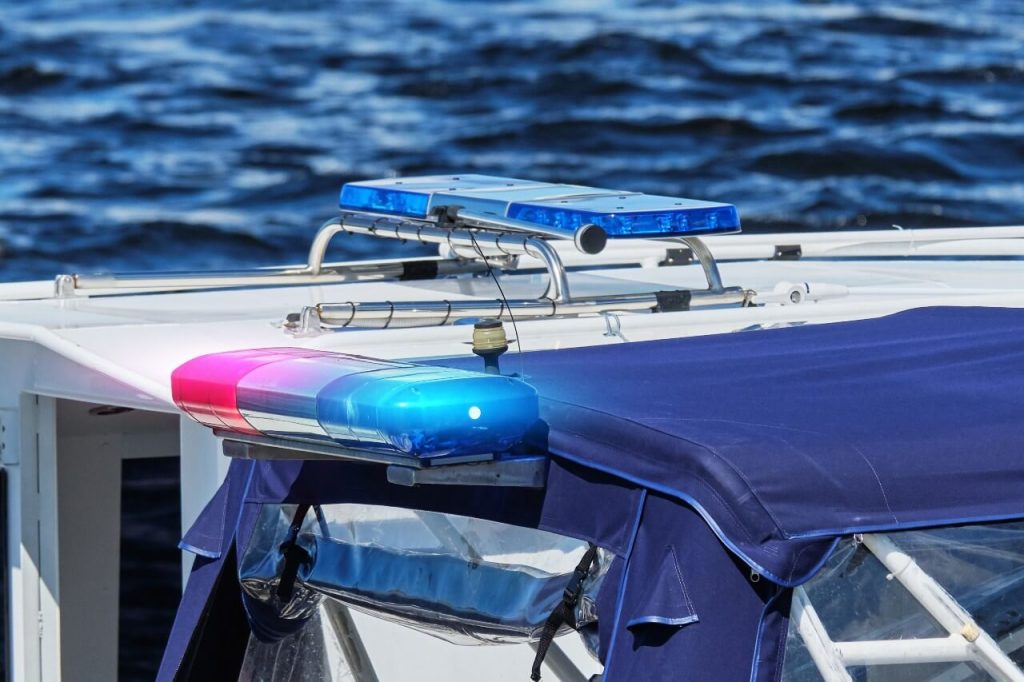Documentation and boat licenses
All boaters in Canada must carry proof of competency, personal identification and a Pleasure Craft License (for 10hp or more) on board with them at all times.
Pleasure Craft License
All vessels and PWCs less than 12 metres in length with a motor or motors adding up to 7.5 kW (10 hp) or more are required to have a Pleasure Craft License. You must also license dinghies or tenders.
With a Pleasure Craft License, your boat is assigned a unique license number that is free and valid for 10 years. It must be placed on the side of your boat. The Pleasure Craft Licensing System allows Search and Rescue personnel to access information about your boat 24 hours a day, seven days a week, in the event of an emergency.
You can submit a request for a Pleasure Craft License online or by post.
If you have registered your boat, you do not need to license it. To learn more about registering your boat and the costs associated with it, visit Transport Canada’s Vessel Registration Office online.
Proof of Competency
According to the CSBC (Canadian Safe Boating Council), anyone operating a power-driven boat, even if they are not using the motor, must have a Pleasure Craft Operator Card or other accredited proof of competency which they carry on board at all times.
You can obtain a Pleasure Craft Operator Card (PCOC) by taking an accredited boating safety course and passing an online exam. Training and testing for this card is only available through Transport Canada accredited course providers like Drive A Boat Canada.
An accredited boating safety course will teach you basic boating safety and the rules governing Canadian waterways, and is recommended before taking the exam. You will need to receive a mark of at least 75% to pass the test.
If you received accreditation before 1999 or you are an Indigenous person, or your proof of competency is confirmed by a boat rental agency, you may be exempt from carrying a Pleasure Craft Operator Card. Non-residents are exempt if they operate a pleasure craft for less than 45 days or if they operate a pleasure craft that is not licensed or registered in Canada.
For further questions about proof of competency, check out our FAQ page.

